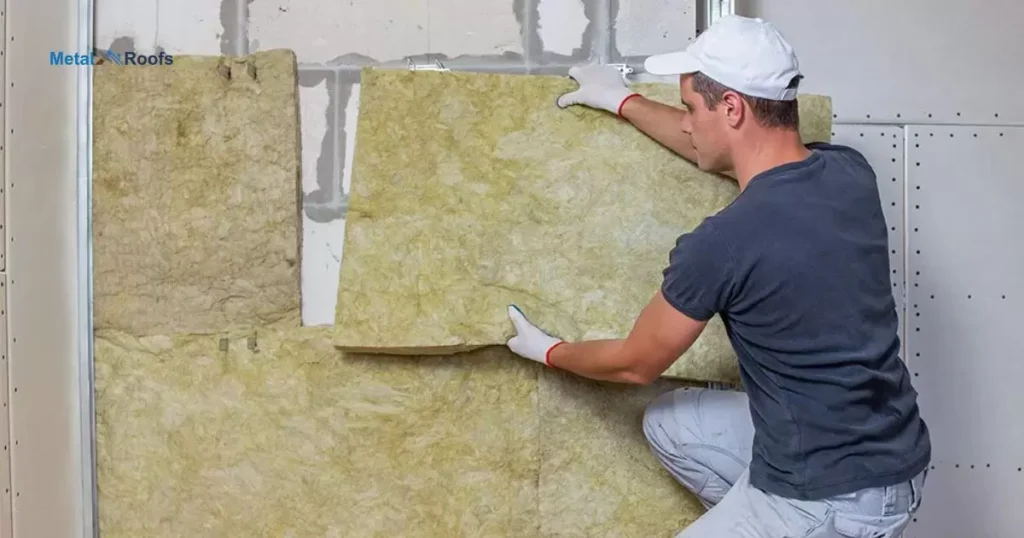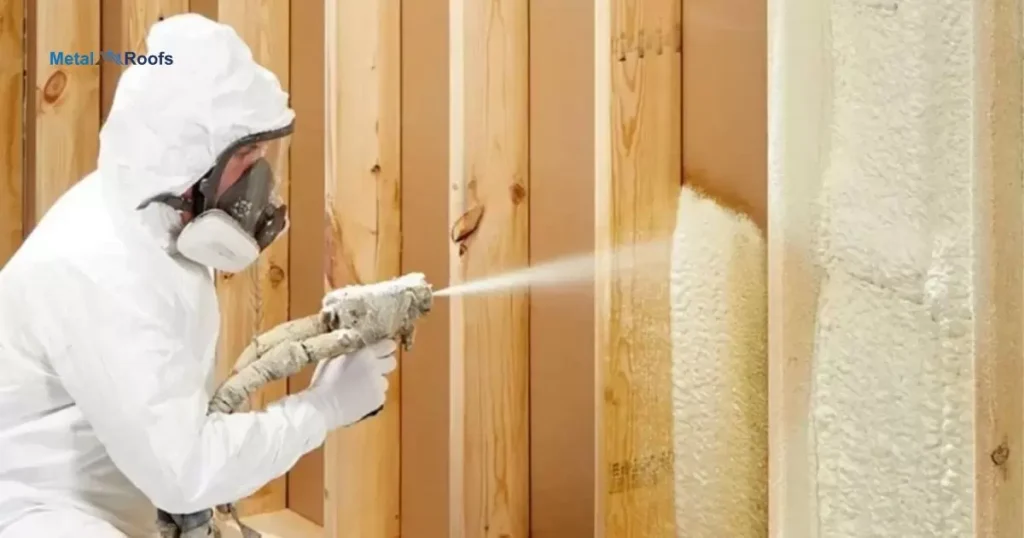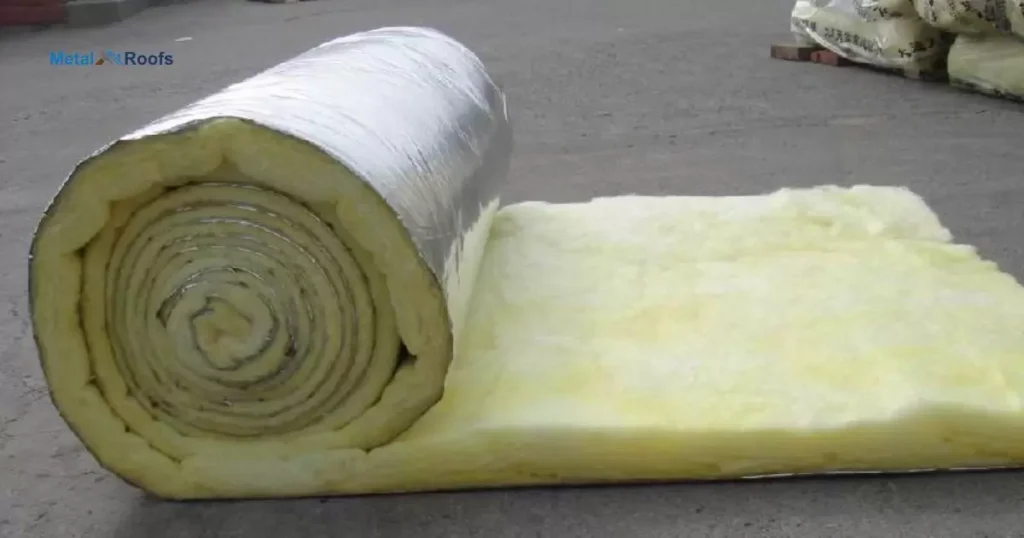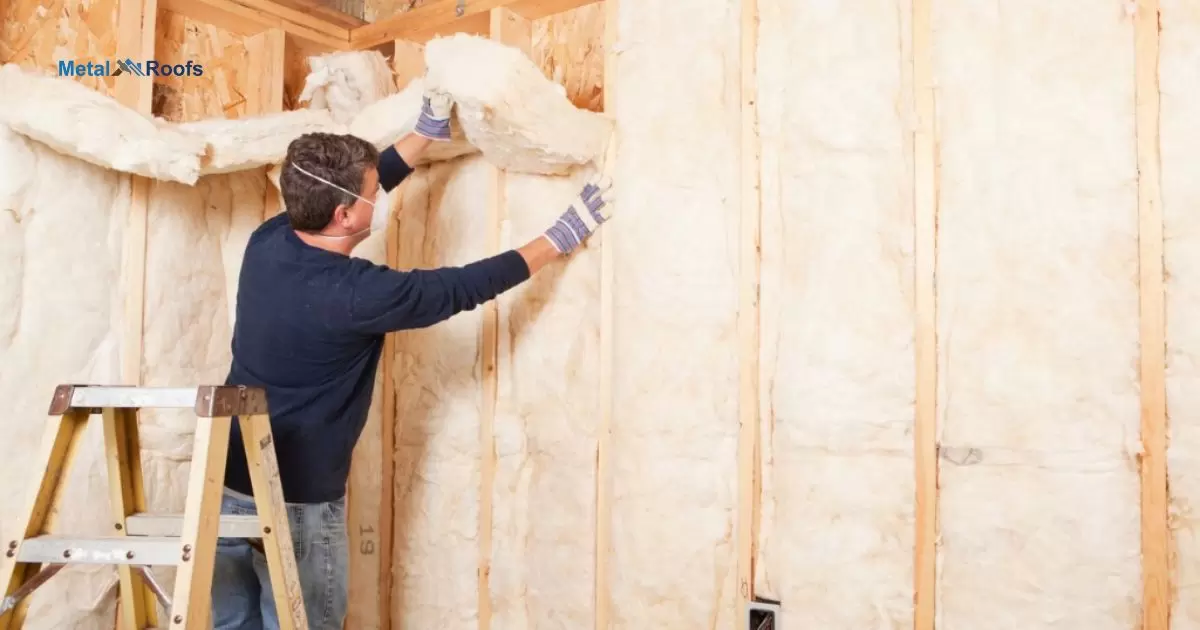Insulating a metal building keeps it comfortable by regulating temperature. Use materials like fiberglass or foam boards between walls and ceilings to trap heat or cool air inside. This helps save energy and makes the space more livable throughout the year.
looking for the cheapest way to insulate a metal building? Consider using fiberglass insulation or foam boards. These affordable materials can be installed between walls and ceilings to regulate temperature and save on energy costs.
Ensuring proper insulation in a metal building is key to controlling indoor temperatures effectively. Materials such as fiberglass or foam boards can be installed strategically to keep the space comfortable and energy-efficient. This simple step significantly enhances the overall usability and cost-effectiveness of the structure.
Key Takeaways
- Insulating a metal building is crucial for comfort and energy efficiency.
- Use affordable materials like fiberglass or foam boards for insulation.
- Proper insulation regulates temperature and reduces energy costs.
- Insulation also improves structural integrity and prevents moisture damage.
- Investing in insulation creates a durable and comfortable environment.
Why Insulate A Metal Building?
To attach foam board insulation to a metal roof, use specialized adhesive designed for this purpose. Apply it evenly on the foam boards and press firmly onto the metal surface for a secure bond and effective insulation.
Energy Efficiency
Insulating a metal building boosts energy efficiency by reducing heating and cooling needs. This lowers utility costs and minimizes environmental impact. Using insulation materials effectively helps maintain a comfortable indoor environment while saving energy.
Indoor Air Quality
It helps keep pollutants and allergens out, creating a healthier environment. Proper insulation reduces the risk of mold growth and enhances overall occupant well-being.
Temperature Control
Proper insulation in a metal building also affects indoor air quality. By controlling temperature, insulation prevents moisture buildup, reducing the risk of mold and mildew. This promotes a healthier environment for occupants.
Increase the Value of Your Metal Building
Proper insulation helps maintain structural integrity and prevents issues like rust or corrosion. This makes your building more attractive to potential buyers or tenants, enhancing its market value.
Benefits Of Insulating Your Metal Building

Insulating a metal building offers several benefits, ranging from improved energy efficiency to enhanced comfort and durability. Here are some key advantages of insulating your metal building:
Energy Efficiency: Insulation helps regulate indoor temperatures by minimizing heat transfer through the walls and roof. This results in reduced energy consumption for heating and cooling, leading to lower utility bills.
Comfort: Insulation creates a more comfortable indoor environment by maintaining consistent temperatures and reducing drafts. It also helps control humidity levels, preventing moisture-related issues like condensation and mold growth.
Noise Reduction: Insulating materials can dampen sound transmission, making the interior of the metal building quieter. This is particularly beneficial for buildings used as workshops, offices, or living spaces where noise control is important.
Condensation Control: Metal buildings are susceptible to condensation buildup, which can lead to corrosion and structural damage over time. Insulation with vapor barriers helps prevent condensation by blocking moisture from entering the building envelope.
Fire Resistance: Certain types of insulation, such as mineral wool or fire-resistant foam boards, can enhance the fire resistance of a metal building. This can be crucial for buildings located in areas prone to wildfires or other fire hazards.
Increased Property Value: Insulating a metal building can add value to the property by making it more energy-efficient, comfortable, and durable. This can be attractive to potential buyers or tenants looking for well-maintained and efficient buildings.
Insulating your metal building offers a range of benefits that contribute to a more functional, comfortable, and cost-effective structure. It’s essential to choose the right insulation materials and installation methods based on your building’s specific requirements and local climate conditions.
Understanding Metal Building Insulation
Metal building insulation is vital for temperature control. Materials like fiberglass and foam boards help trap heat or cool air. Insulating correctly can save energy and make spaces more comfortable. Understanding these basics is key to effective insulation strategies.
Consider factors like R-values and installation methods. Higher R-values indicate better insulation performance. Proper installation ensures maximum efficiency and long-term benefits. Understanding these aspects ensures you choose the right insulation for your metal building’s needs.
Types Of Metal Building Roof Insulation
There are several types of insulation commonly used for metal building roofs:
Fiberglass Insulation: Made of glass fibers, affordable, and fire-resistant.
Spray Foam Insulation: Expands to fill gaps, acts as an air barrier, and offers excellent thermal insulation.
Reflective Insulation: Reflects radiant heat, keeping interiors cooler in hot climates.
Mineral Wool Insulation: Made from natural or recycled materials, offers fire resistance and thermal insulation.
Polyisocyanurate (Polyiso) Insulation: Rigid foam board with high thermal resistance per inch.
Expanded Polystyrene (EPS) Insulation: Lightweight, cost-effective, and offers good thermal insulation.
Choose insulation based on factors like R-value, moisture resistance, and local climate conditions.
Why Is There a Need to Insulate a Metal Building?

| Reason | Explanation |
| Temperature Control | Regulates indoor temperatures to prevent extreme heat or cold. |
| Energy Efficiency | Reduces heating and cooling needs, leading to lower energy consumption. |
| Comfort | Creates a more comfortable indoor environment by minimizing drafts. |
| Moisture Control | Prevents condensation and moisture-related issues like mold growth. |
| Structural Integrity | Protects against rust, corrosion, and damage from moisture, preserving building quality. |
| Noise Reduction | Dampens sound transmission, making the interior quieter. |
| Fire Resistance | Enhances fire safety by using certain types of insulation. |
| Environmental Impact | Reduces energy consumption, lowering the building’s environmental footprint. |
| Longevity and Value | Increases the building’s lifespan and maintains its market value. |
Insulating a metal building is vital for temperature control and energy efficiency. It helps maintain a comfortable indoor environment throughout the year.
Without proper insulation, metal buildings can become too hot in summer and too cold in winter. This can lead to discomfort for occupants and higher energy bills.
Insulating Metal Building After Built
Insulating a metal building after it’s built can be done using materials like fiberglass or foam boards. These can be added between walls and ceilings for temperature regulation.
Proper insulation improves comfort, energy efficiency, and structural integrity, making it a worthwhile investment for any metal building.
Vinyl Faced Insulation For Metal Buildings
Vinyl faced insulation is ideal for metal buildings due to its durability and moisture resistance. It provides a protective barrier against moisture, preventing potential damage to the building’s structure.
Using vinyl faced insulation ensures long-lasting performance and helps maintain a comfortable indoor environment. Its easy installation process makes it a practical choice for enhancing energy efficiency and reducing overall maintenance costs.
Metal Building Insulation Rolls

Metal building insulation rolls are convenient for insulating large areas quickly. They come in various widths and thicknesses to suit different needs. Simply roll out the insulation between framing members for effective thermal regulation.
These insulation rolls are typically made of materials like fiberglass or mineral wool. They provide excellent thermal resistance and help reduce energy costs. Installing insulation rolls is a straightforward way to enhance the comfort and energy efficiency of metal buildings.
Frequently Asked Questions
What is the most affordable insulation for metal building?
Fiberglass insulation is often the most affordable option for insulating a metal building.
How do you insulate a metal shed cheaply?
Use fiberglass insulation or foam boards between walls and roof. These are cost-effective options for insulating a metal shed.
How do you insulate an existing metal building?
To insulate an existing metal building, you can install insulation materials like fiberglass or foam boards between walls and ceilings.
Conclusion
In conclusion, insulating a metal building is a cost-effective way to maintain comfort and save energy. Using materials like fiberglass or foam boards helps regulate temperature, creating a livable space year-round. This simple step enhances usability and reduces overall energy costs.
Proper insulation improves the structural integrity of the metal building. It helps prevent issues like condensation and moisture buildup, which can lead to damage over time. By investing in insulation, you ensure a durable, energy-efficient, and comfortable environment for your metal building’s occupants.











